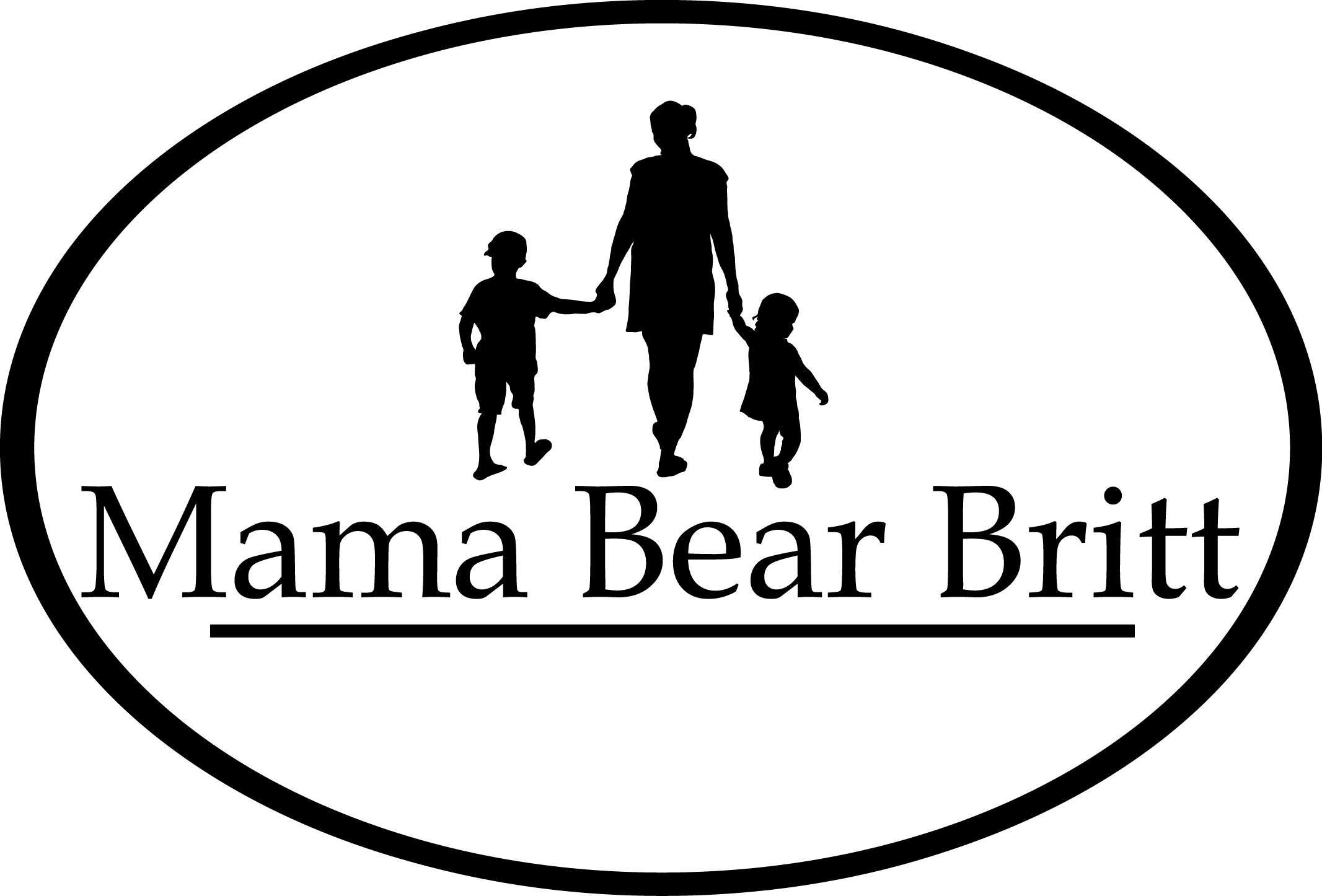Kids Book Project: Snowballs
Kids Engaging Book Project: Snowballs
During social distancing with two young children, it can be a challenge, so I have specifically planned out activities that have multiple extensions, leaving less planning for you and longer engagement in activities. In our house we love reading, so any projects revolving around books are a great way to build and keep interest. This idea can be applied to ANY book, the point is to extend learning throughout the day and keep your kids engaged and busy.
Ages: 3-8
Subject: Language art/Science/Art/Math
Book: Snowballs, by Lois Ehlert
Supplies:
Snowballs books (or any book that can be extended to a project)
Bucket for collecting items
A large piece of paper
Marker to draw the outline
Glue
Paintbrush & cup to apply glue (optional)
Instructions: Read the book aloud, talk about the different aspects of how each snowperson is made. “Oh look, they used popcorn kernels to decorate a shirt,” or “Look how they added a scarf with a piece of fabric.” Delve into the details. Once you have finished reading the book, come up with a list of ideas of what you can possibly find in your neighborhood to make and decorate your snowperson with. Go on a nature walk with a bucket to collect your findings. Once you have collected your items, take out a large piece of paper and draw the outline of the snowperson. Layout all your items and begin placing and gluing them into place.
Language: By reading the book aloud, having them repeat words, pointing the words as you read the words, asking questions and creating dialogue, this all develops language skills.
Science: Discovering the items collected in nature to create the snowperson. What tree or bush do you think this stick came from? What about these petals? Talk about where the items are coming from and why you think they are no longer attached to the plant or tree.
Math: Categorize and count the items collected. How many rocks? How many sticks? Can we align them from the shortest to the longest?
Art: Using your imagination to figure out how all of these small parts can work together to create a larger picture.




